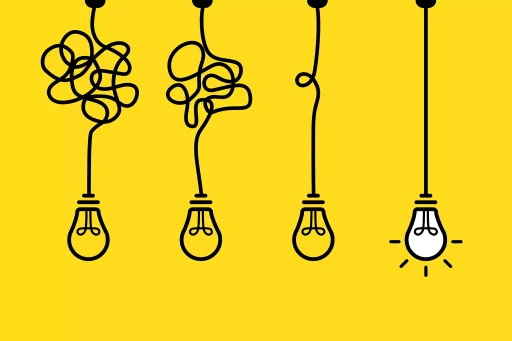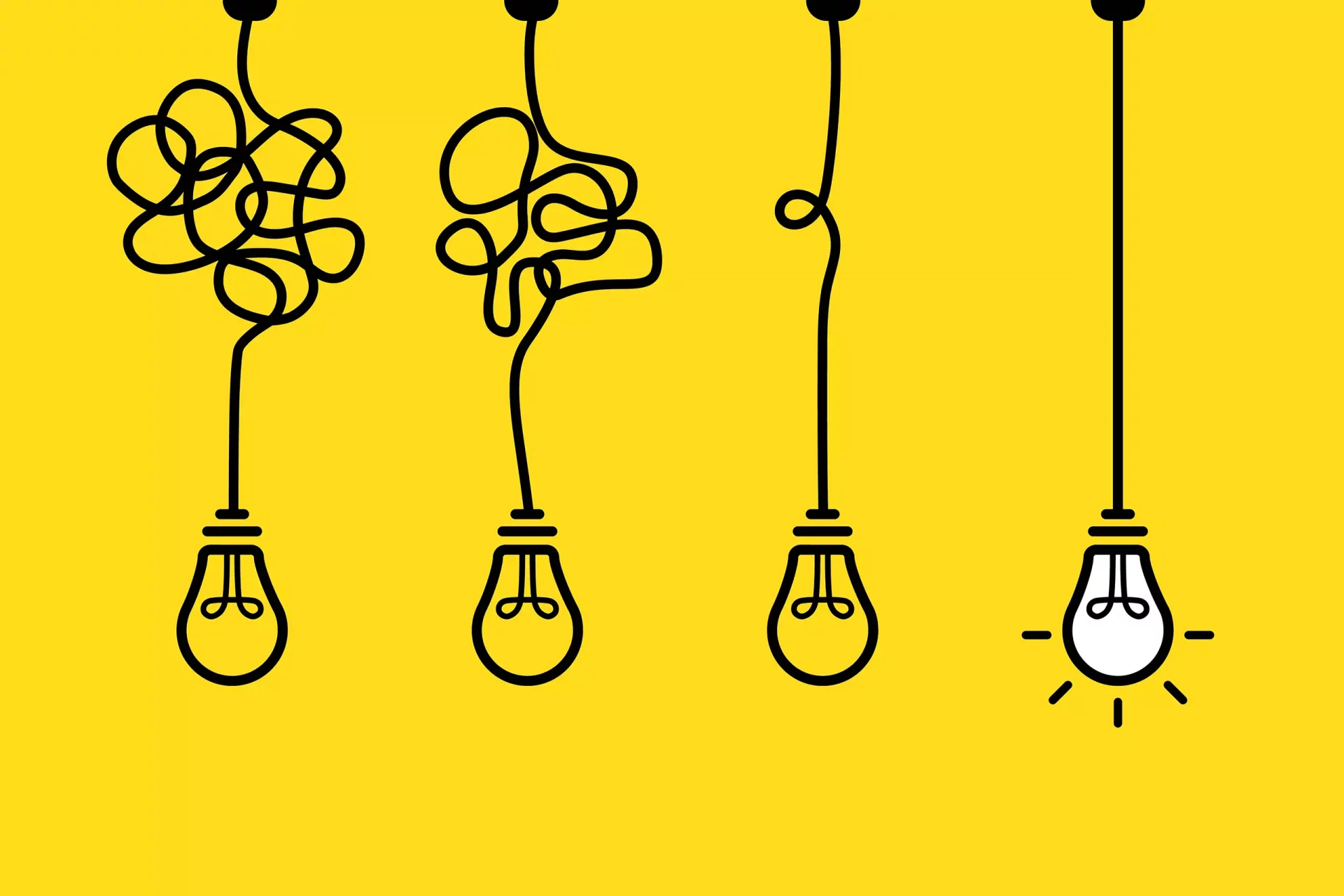Introduction
Love is an enigmatic emotion that has been at the forefront of human experience and inspiration across cultures and generations. From ancient philosophies to modern psychological studies, love is a complex and multifaceted concept that intrigues us all. But what exactly is love? In this article, we aim to define love through various lenses, including emotional, psychological, and social perspectives.
Emotional Dimensions of Love
At its core, love is an emotion, characterized by a deep affection for someone or something. Researchers in psychology have identified several components of love, including:
- Attachment: The bond that forms as individuals develop intimacy.
- Caring: A desire for the well-being and happiness of another.
- Connection: A feeling of being linked to someone emotionally.
For instance, a parent’s love for their child is often cited as a quintessential example of unconditional love, showcasing a strong attachment and caring for their offspring’s well-being. This emotional foundation can influence a person’s ability to form other relationships throughout their life.
Types of Love
Various types of love have been documented, each defined by its unique characteristics:
- Romantic Love: Passionate and intense feelings often marked by sexual attraction.
- Platonic Love: Deep friendship characterized by emotional intimacy without sexual attraction.
- Familial Love: Affection for family members that can be both unconditional and complex.
- Self-Love: An appreciation of one’s own worth and well-being, essential for mental health.
Understanding these different types of love enables us to navigate relationships more effectively and highlights the diverse ways love can manifest in our lives.
Case Studies in Love
Numerous studies have explored the impact of love on mental and physical health. One pioneering study by Dr. Arthur Aron at Stony Brook University examined how intimacy in relationships influences love levels. Participants who engaged in shared activities, such as revealing personal stories and completing tasks together, reported increased feelings of love and connection.
Another compelling case study by the American Psychological Association found that individuals in loving relationships tend to experience lower levels of stress, higher levels of happiness, and improved immune function. This research highlights the significant therapeutic effects of love on both mental and physical health.
The Science Behind Love
Science has also attempted to define love through biological and neurological lenses. When people experience love, particularly romantic love, their brains release chemicals such as:
- Dopamine: Often referred to as the “feel-good” neurotransmitter, it plays a key role in pleasure and reward.
- Oxytocin: Known as the “bonding hormone,” it is crucial for creating feelings of trust and connection.
- Vasopressin: Linked to behaviors that produce long-term relationships and bonding.
These chemicals help explain why love can feel so consuming; it triggers a biological response that promotes attachment and attraction.
Love in Numbers: Statistics
Understanding love isn’t just about definitions—statistics tell their own fascinating story. According to the National Institute of Health:
- About 70% of married couples regard love as a key factor in their commitment.
- Studies show that individuals in loving relationships report 24% higher levels of happiness compared to single individuals.
- Over 30% of individuals who experience a breakup report feeling a persistent longing for their former partners, highlighting love’s lasting impact.
These numbers reveal that love is not only an emotional experience but a crucial aspect of well-being and happiness for many.
Cultural Perspectives on Love
Culturally, love is expressed in diverse ways around the world. For example, in individualistic cultures like the United States, love is often viewed as an essential component of personal happiness and fulfillment. In contrast, collectivistic cultures may emphasize familial love, where duty and loyalty to family members are prioritized over romantic pursuits.
Understanding these cultural differences is essential in global settings, particularly in fostering respectful and meaningful relationships.
Conclusion
Defining love is as complex as the emotions it encompasses. From its emotional and biological underpinnings to its various cultural expressions, love is a vital aspect of human life that shapes our relationships and well-being. Whether experienced through familial ties, friendships, or romantic partnerships, love remains a cornerstone of our existence, guiding us toward connection and empathy.





